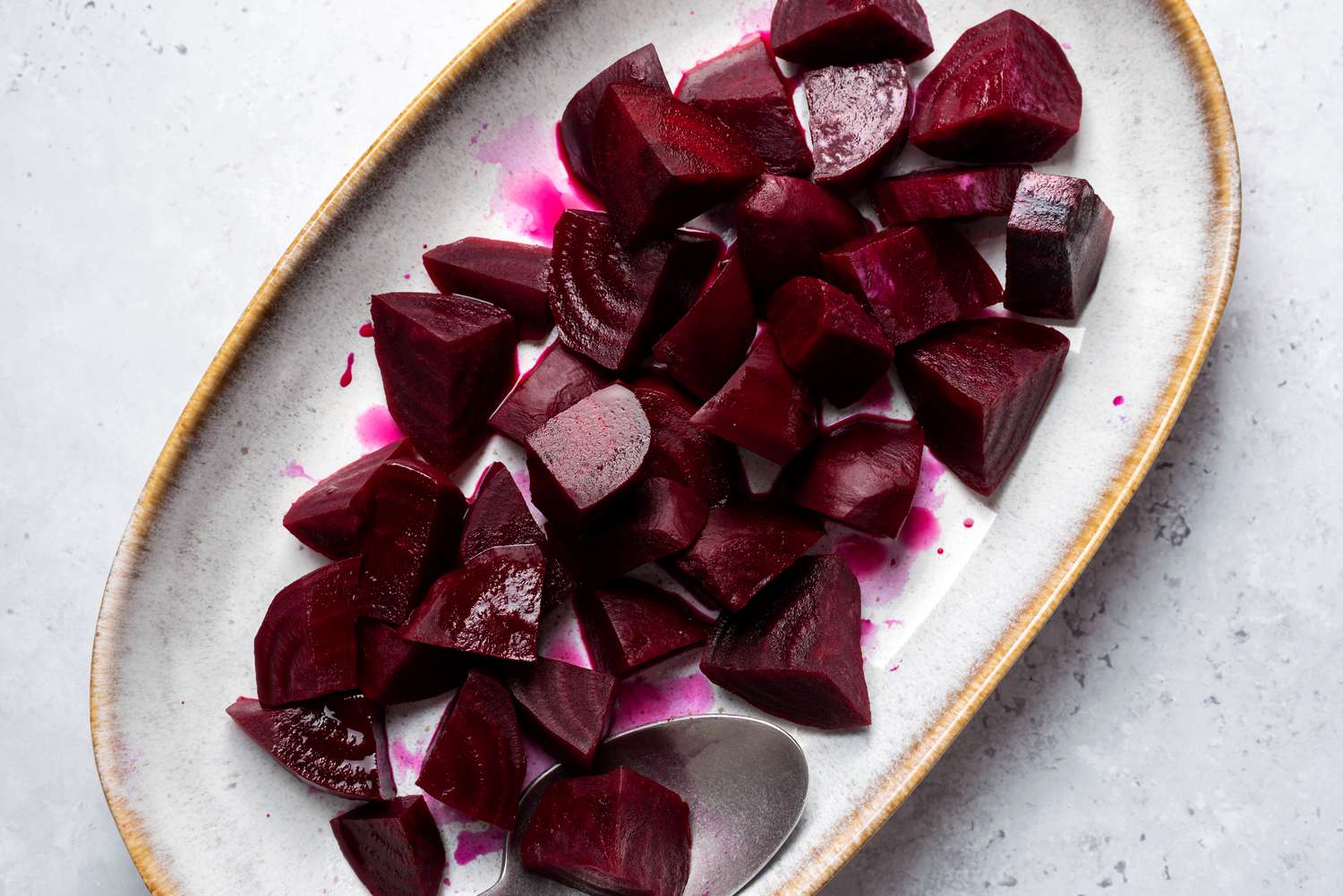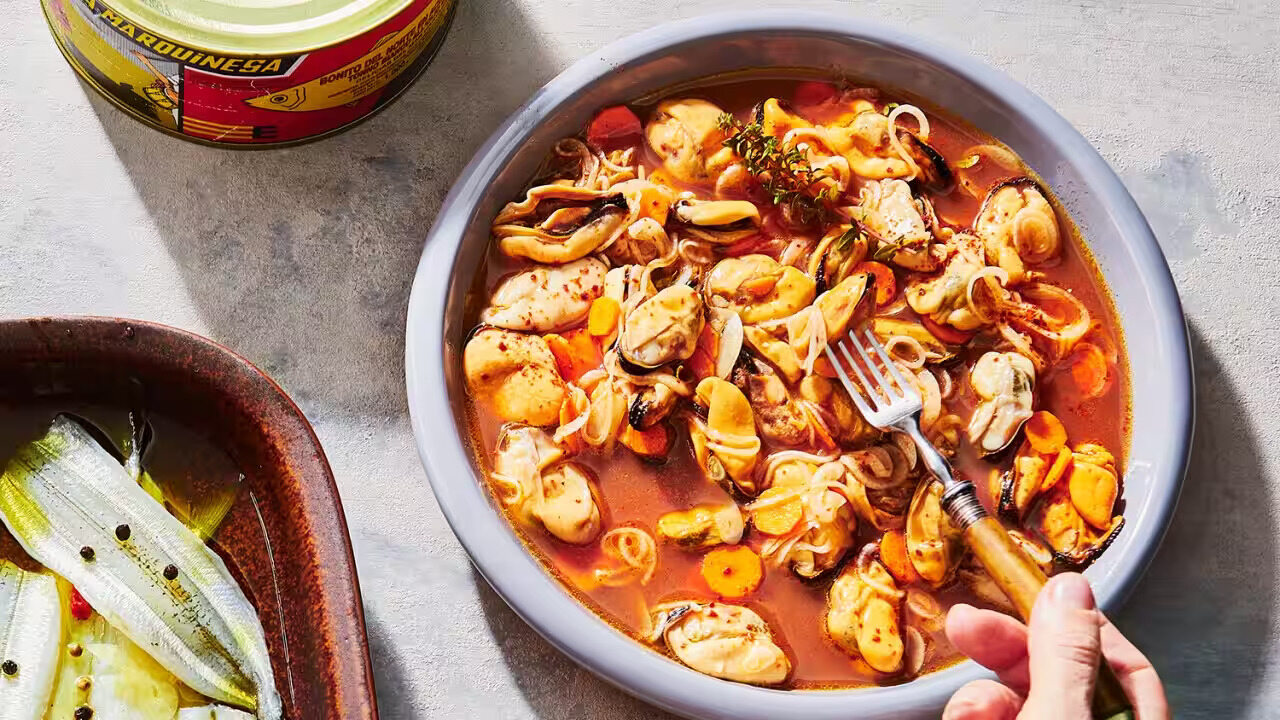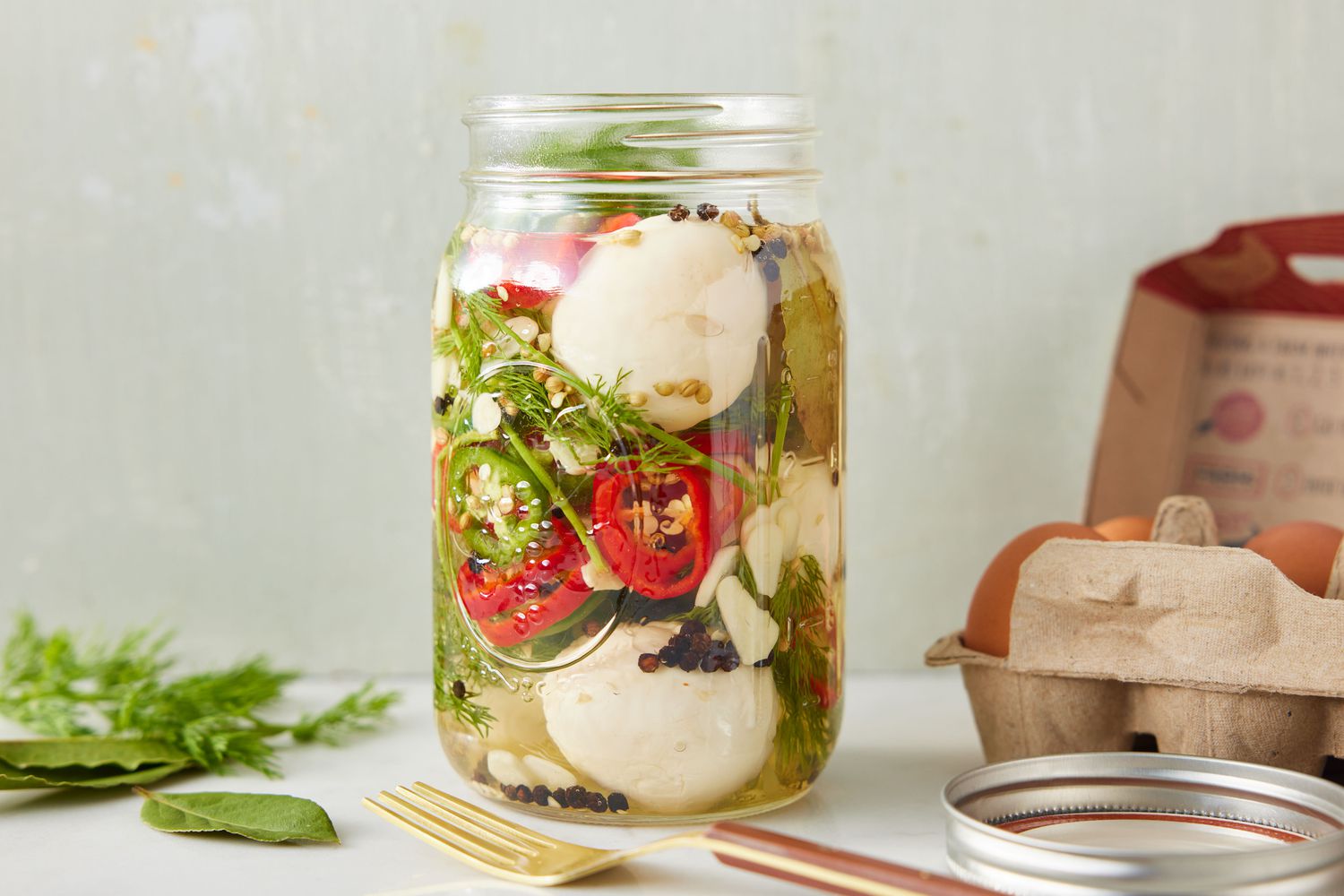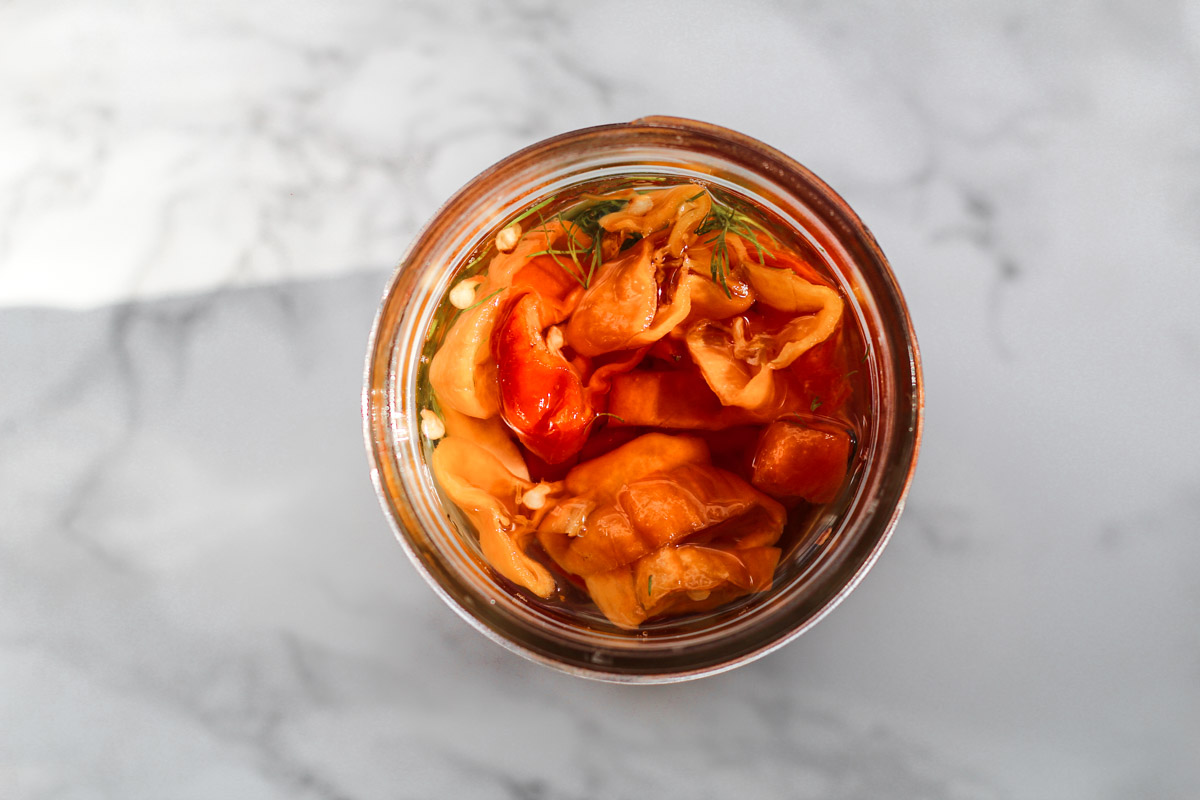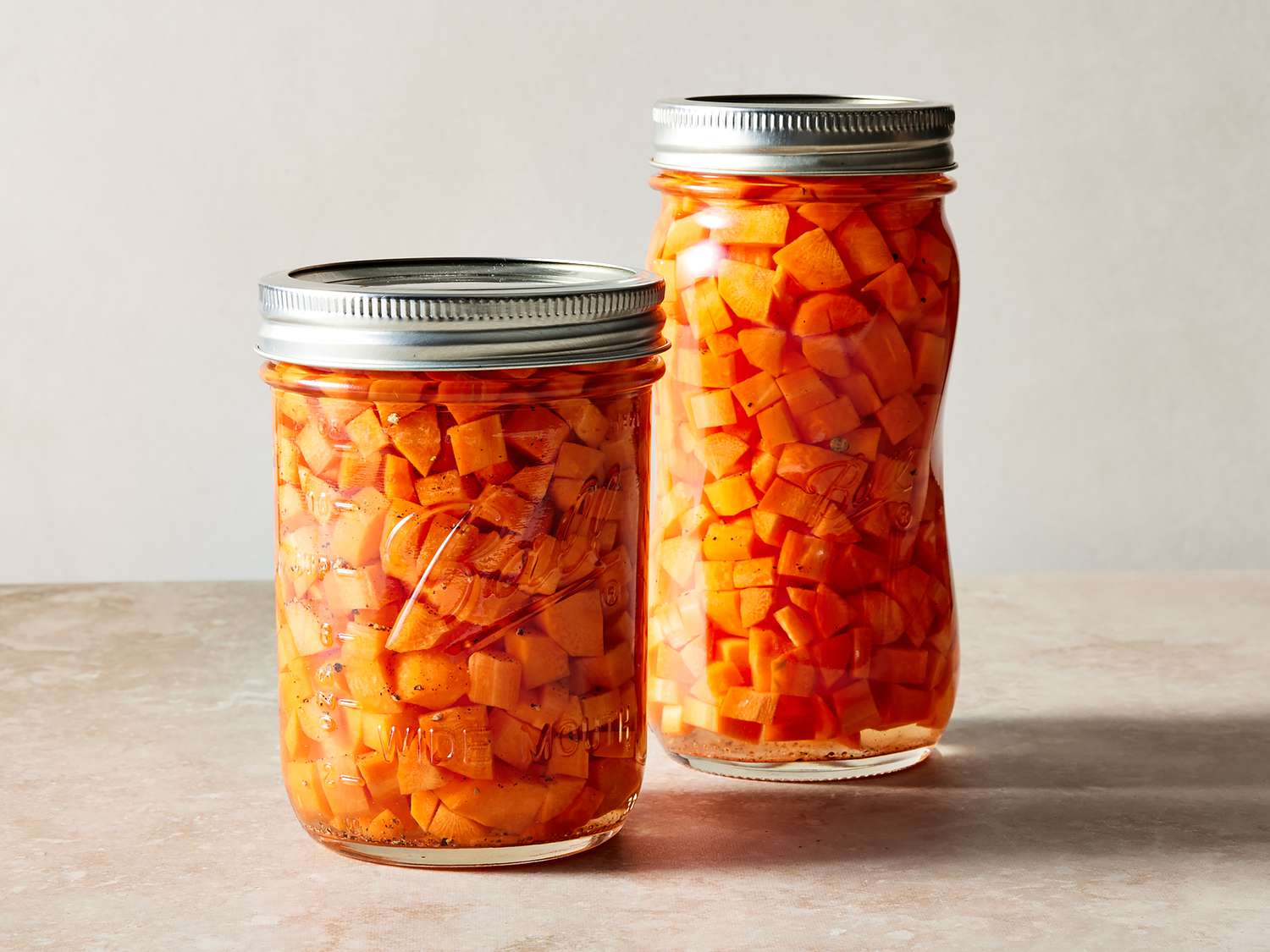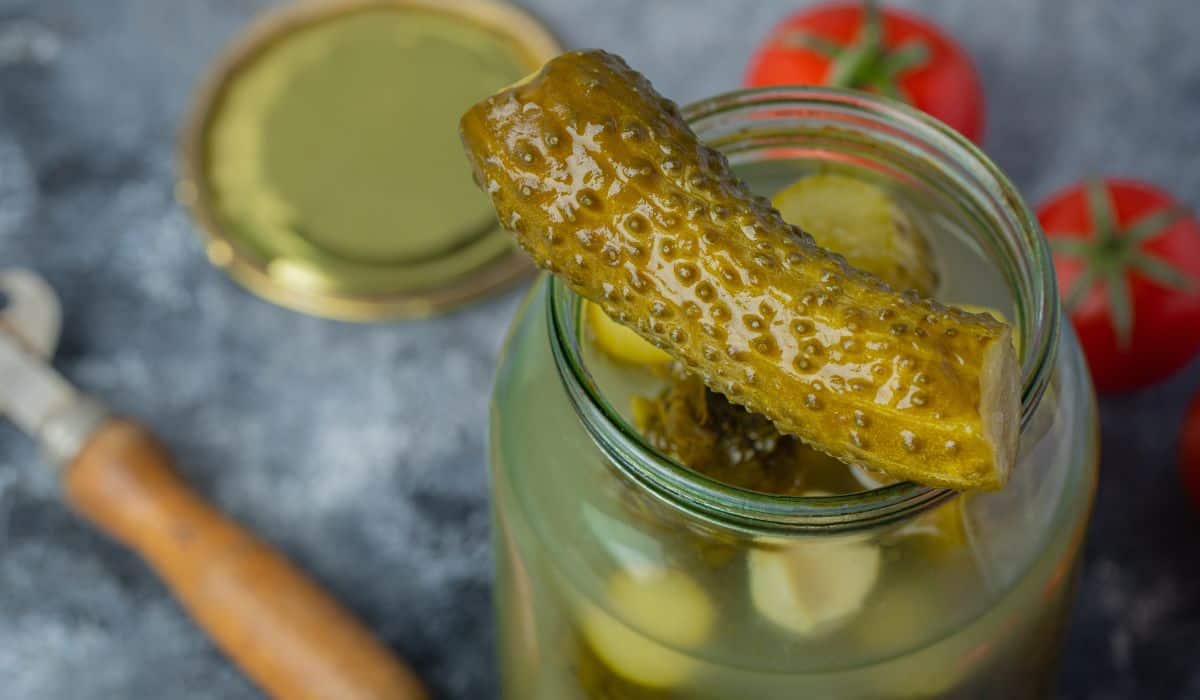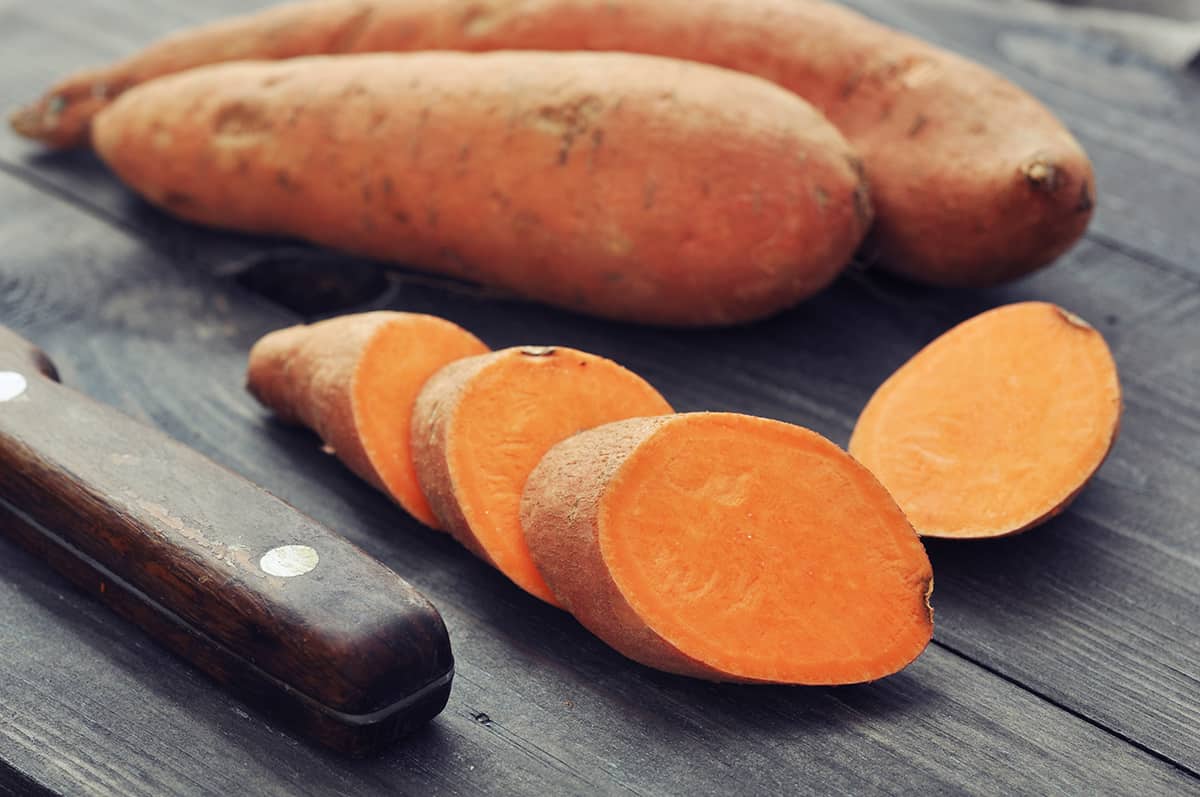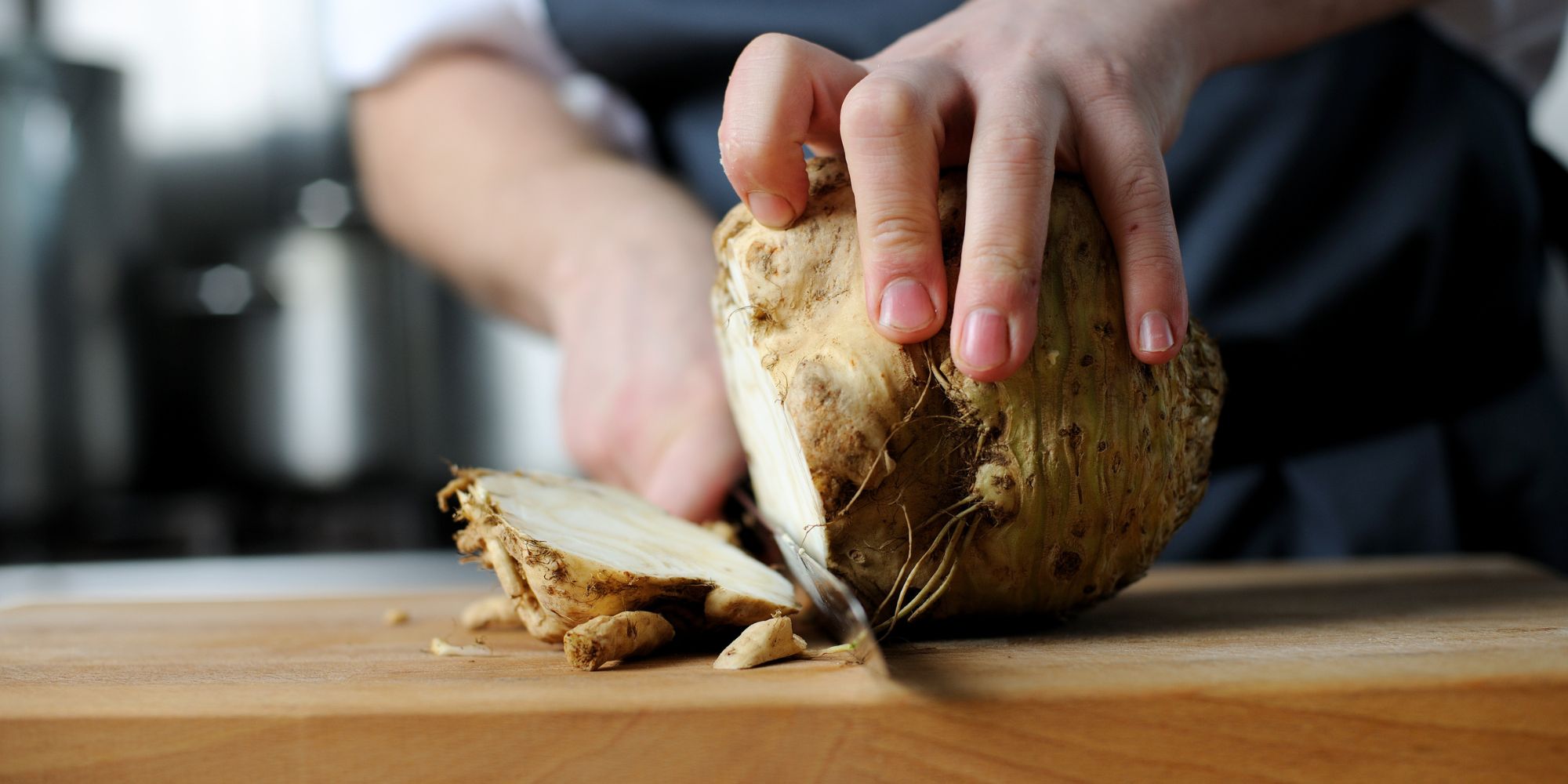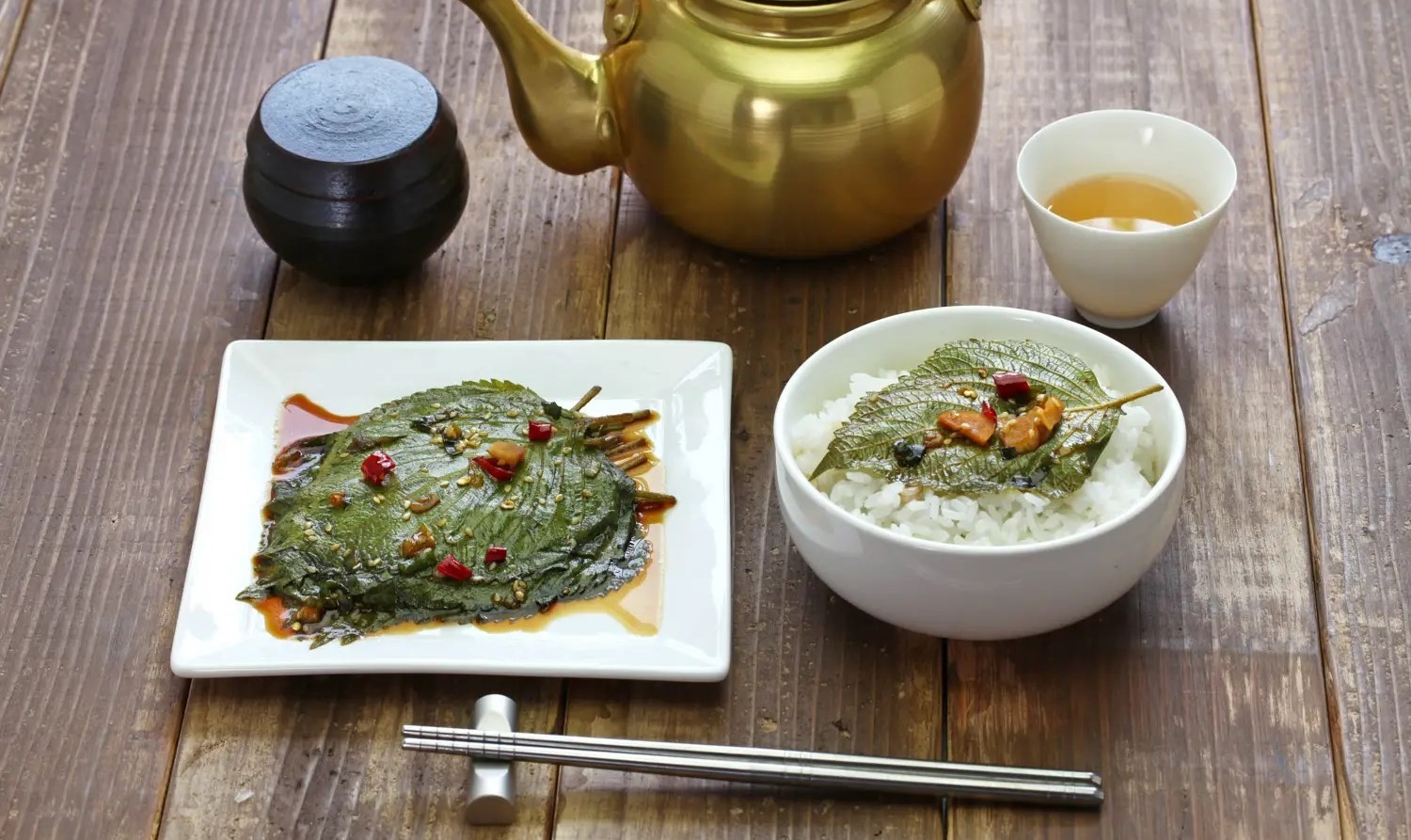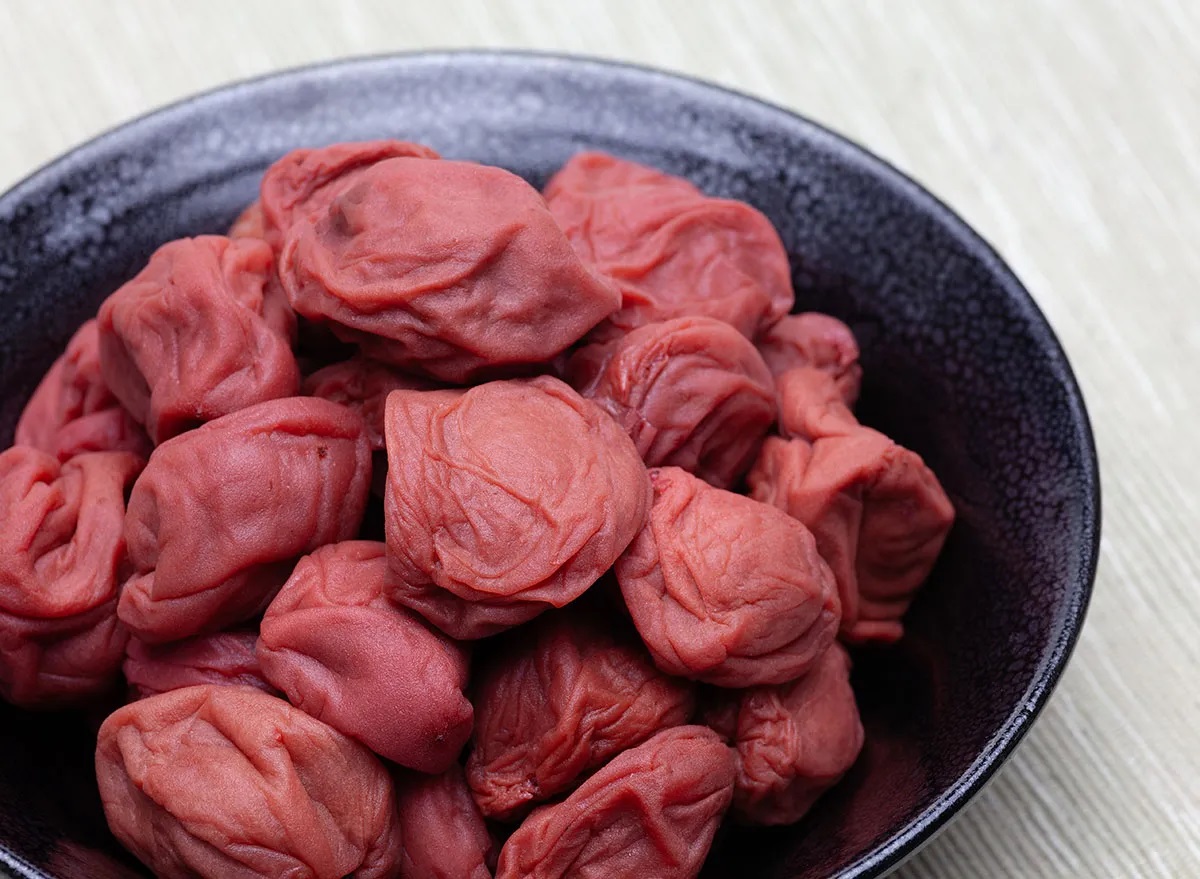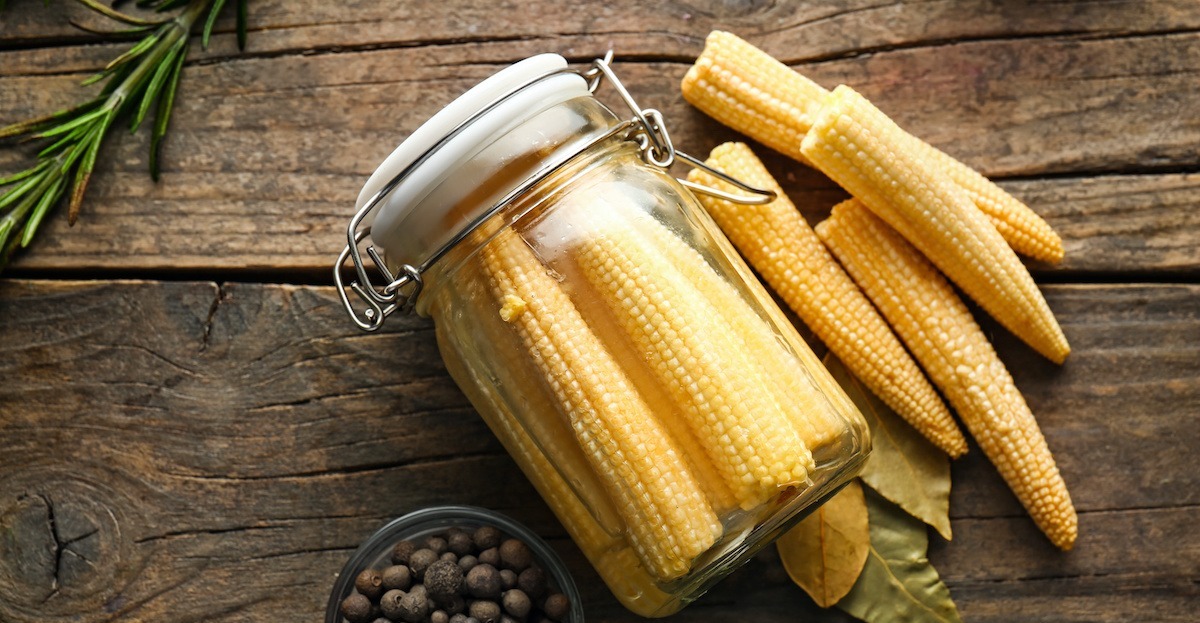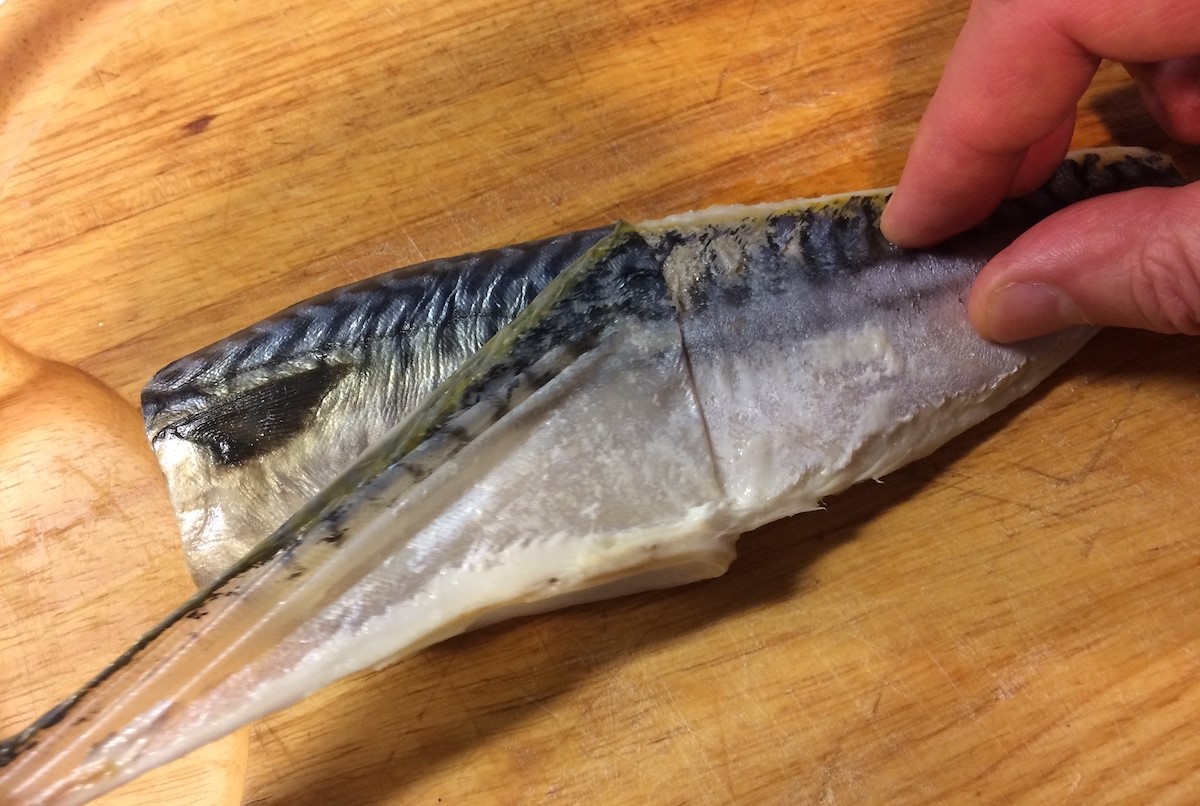Discover the Art of Pickling Vegetables the Polish Way
There’s something truly special about the tangy, crunchy goodness of pickled vegetables. If you’re a fan of this delightful treat, you’ll be thrilled to know that you can easily recreate the magic of pickled vegetables at home, the Polish way. Polish pickled vegetables, known as “kiszone warzywa”, are a beloved part of Polish cuisine and are enjoyed as a side dish, a topping, or a snack.
Why Pickle Vegetables?
Pickling is a fantastic way to preserve the flavors and nutrients of fresh vegetables. It’s also a great method for reducing food waste by extending the shelf life of produce. Additionally, pickled vegetables add a burst of flavor and a satisfying crunch to any meal.
Choosing the Right Vegetables
When it comes to pickling vegetables the Polish way, the options are endless. However, some of the most popular choices include:
- Cucumbers: These are a classic choice for pickling and are a staple in Polish pickled vegetable recipes.
- Carrots: Carrots add a beautiful color and a hint of sweetness to the pickling mix.
- Radishes: Radishes bring a peppery kick and a lovely crunch to the pickled medley.
- Cabbage: Cabbage is a versatile vegetable that takes on a delightful tanginess when pickled.
- Peppers: Whether sweet or spicy, peppers add a pop of color and flavor to the pickling mix.
The Pickling Process
Now that you’ve selected your vegetables, it’s time to dive into the pickling process. Here’s a simple step-by-step guide to pickling vegetables the Polish way:
- Prepare the Vegetables: Wash and chop your chosen vegetables into the desired shapes and sizes. Some prefer spears, while others opt for slices or wedges.
- Create the Brine: In a large pot, combine water, vinegar, salt, and sugar to create a brine. The proportions may vary based on personal preference and the specific vegetables being pickled.
- Add Flavorings: Enhance the brine with aromatic spices such as dill, garlic, mustard seeds, and peppercorns. These additions will infuse the vegetables with irresistible flavors.
- Pack the Jars: Place the prepared vegetables into clean, sterilized jars, leaving some space at the top. Pour the brine over the vegetables, ensuring that they are fully submerged.
- Let It Ferment: Seal the jars and allow them to ferment at room temperature for a few days, or as per the recipe instructions. The fermentation process is crucial for developing the signature tangy flavor of pickled vegetables.
- Enjoy!: Once the pickled vegetables have reached the desired level of tanginess, they are ready to be enjoyed. Store them in the refrigerator and savor them as a delicious accompaniment to meals or as a standalone snack.
Benefits of Polish Pickled Vegetables
Aside from their incredible taste, Polish pickled vegetables offer a range of health benefits. They are rich in probiotics, which promote gut health and digestion. Additionally, the pickling process helps to preserve the vitamins and minerals present in the vegetables, making them a nutritious addition to your diet.
So, whether you’re a fan of tangy cucumbers, zesty carrots, or spicy peppers, pickling vegetables the Polish way is a delightful culinary adventure that you can easily embark on in your own kitchen. With just a few simple ingredients and a bit of patience, you can create a medley of pickled vegetables that will elevate your meals and bring a taste of Poland to your table.
Are you ready to embrace the art of pickling and savor the vibrant flavors of Polish pickled vegetables? Gather your favorite vegetables, roll up your sleeves, and let the pickling adventure begin!
Was this page helpful?
Read Next: How To Pickle Lamb
